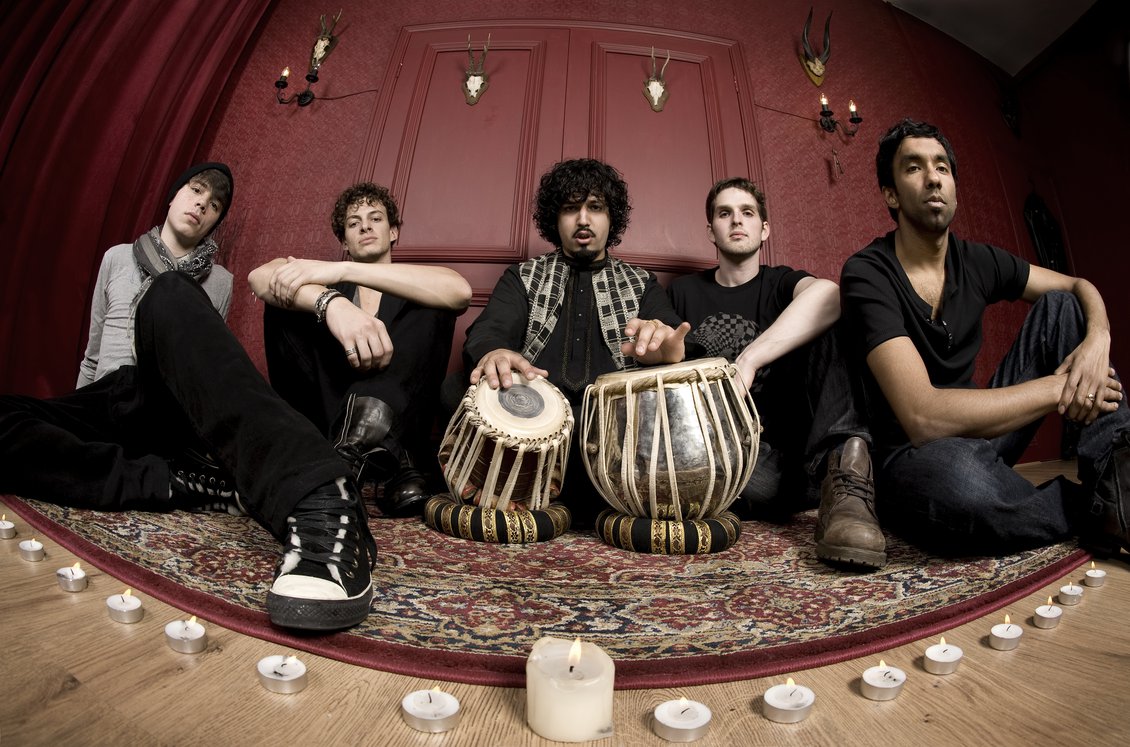Jurojin
This article is about the Taoist god. For the UK experimental rock band, see Jurojin (band).
In Japan, Jurōjin (寿老人), also known as Gama, is one of the Seven Gods of Fortune or Shichifukujin, according to Taoist beliefs. He is the God of longevity. Jurōjin originated from the Chinese Taoist god, the Old Man of the South Pole. He is known as the immortal of the Northern Song dynasty (960 - 1127), and may have been a historical figure of the period. Jurōjin is identified as the personification of the Southern Polar Star. While paintings and statues of Jurōjin are considered auspicious, he never developed a following independent of the other deities Seven Gods of Fortune.
Jurōjin is often identified with Fukurokuju, another of the Several Gods of Fortune. In some accounts, the two are said to inhabit the same body. As such, the two are often confused.
Jurōjin walks with a staff and a fan. He is depicted as an old man of slight stature, and by tradition, less than 3 shaku (approximately 90 centimetres (35 in)). He is depicted with a long white beard and often a very tall, bald head. He has a scroll tied to his staff, on which is written the lifespan of all living things. The scroll is sometimes identified as a Buddhist sutra. The deer, a symbol of longevity, usually (but not always) accompanies him as a messenger, as do other long-lived animals such as the crane and the tortoise.
Jurōjin is a popular subject of Japanese ink wash paintings. He was introduced into the Japanese art tradition by Zen Buddhist painters, and depictions of Jurōjin span from the Muromachi period (1337 - 1573) through the Edo period (1603 - 1868). Artists who depicted Jurōjin as a subject include Sesshū (1420 - 1506), Sesson Shukei (1504 - 1589), Kanō Tan'yū (1602 - 1674), and Maruyama Ōkyo (1733 - 1795).
In Japan, Jurōjin (寿老人), also known as Gama, is one of the Seven Gods of Fortune or Shichifukujin, according to Taoist beliefs. He is the God of longevity. Jurōjin originated from the Chinese Taoist god, the Old Man of the South Pole. He is known as the immortal of the Northern Song dynasty (960 - 1127), and may have been a historical figure of the period. Jurōjin is identified as the personification of the Southern Polar Star. While paintings and statues of Jurōjin are considered auspicious, he never developed a following independent of the other deities Seven Gods of Fortune.
Jurōjin is often identified with Fukurokuju, another of the Several Gods of Fortune. In some accounts, the two are said to inhabit the same body. As such, the two are often confused.
Jurōjin walks with a staff and a fan. He is depicted as an old man of slight stature, and by tradition, less than 3 shaku (approximately 90 centimetres (35 in)). He is depicted with a long white beard and often a very tall, bald head. He has a scroll tied to his staff, on which is written the lifespan of all living things. The scroll is sometimes identified as a Buddhist sutra. The deer, a symbol of longevity, usually (but not always) accompanies him as a messenger, as do other long-lived animals such as the crane and the tortoise.
Jurōjin is a popular subject of Japanese ink wash paintings. He was introduced into the Japanese art tradition by Zen Buddhist painters, and depictions of Jurōjin span from the Muromachi period (1337 - 1573) through the Edo period (1603 - 1868). Artists who depicted Jurōjin as a subject include Sesshū (1420 - 1506), Sesson Shukei (1504 - 1589), Kanō Tan'yū (1602 - 1674), and Maruyama Ōkyo (1733 - 1795).

